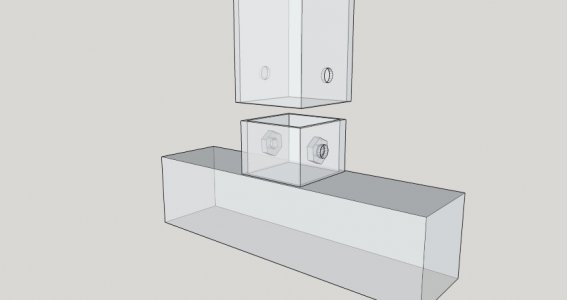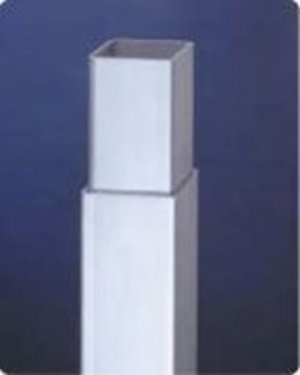- Joined
- Jul 14, 2017
- Messages
- 2,445
I'm planning a project that has very strict space constraints, so i need to design it in couple of pieces so i'm considering using slip joints that will be held by bolts. I've never used them, from what i could find the inside piece that slips in should be double the diameter of the tube. The question is can a bolted slip joint hold like a single piece or do i need to use bigger diameter to compensate and any advice on how to make them easiest, the tube i'm planning is 30x50x3mm.





